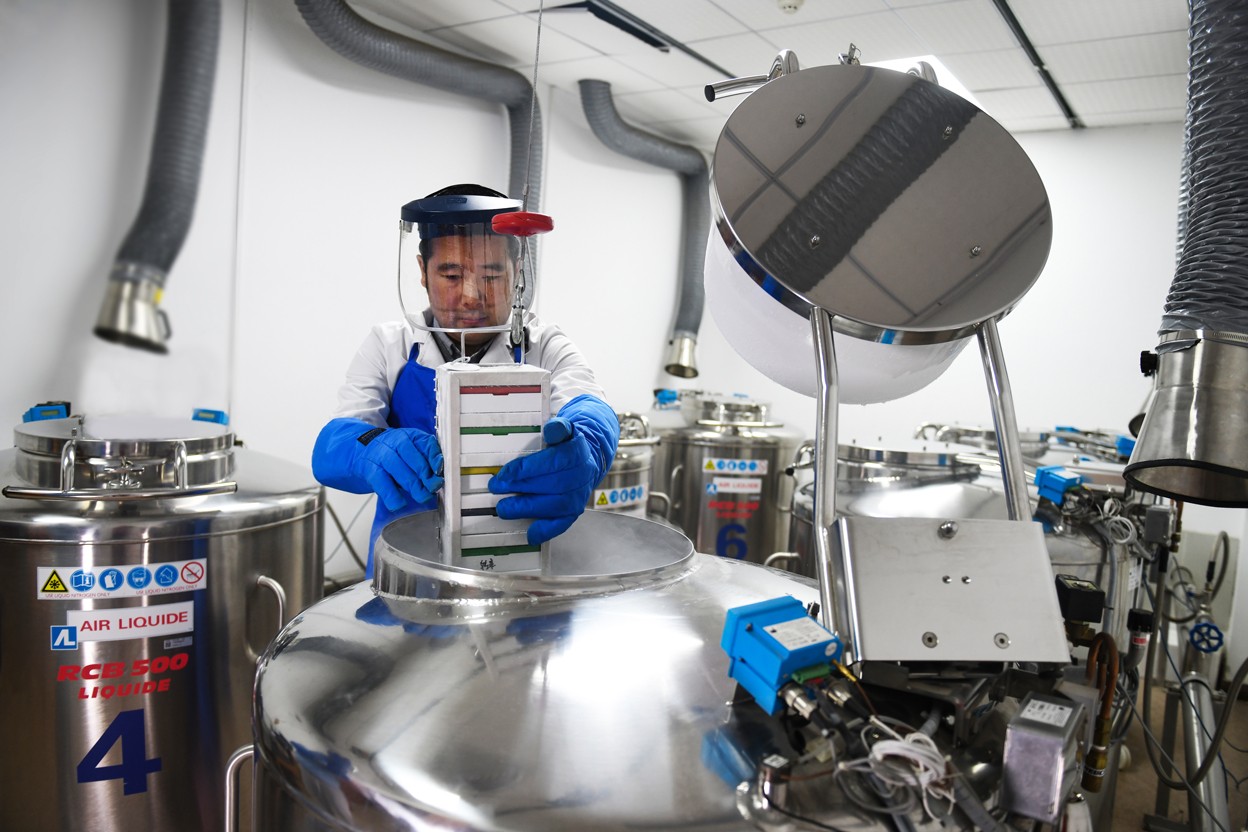When I came to the institute in 2009 as a PhD student, it had just purchased its first liquid-nitrogen cryopreservation system, but no one knew how to operate it. I was the one to work it out.
Over the years, human activities and climate change have had a negative impact on plant biodiversity. The ultimate goal of the plant seed bank is to collect and preserve all wild plant species in China that are endangered, rare or valuable. We want to save these species before they go extinct. We’ve collected seeds from nearly 11,000 plant species, but that’s only one-third of what grows in China.
Many wild plants have genes that help them to survive in harsh environments and make them disease- or drought-resistant. In the future, we might need these genetic materials to breed new crops that can better adapt to the changing climate.
I am constantly amazed by how diverse and beautiful seeds are. Some of them are brightly coloured and others are star-shaped. I feel proud when I see the unfrozen seeds germinate in test tubes and gradually grow into large plants. We have three plants in the seed-bank lobby that we cultivated from preserved tissues, and they are all now taller than me.





